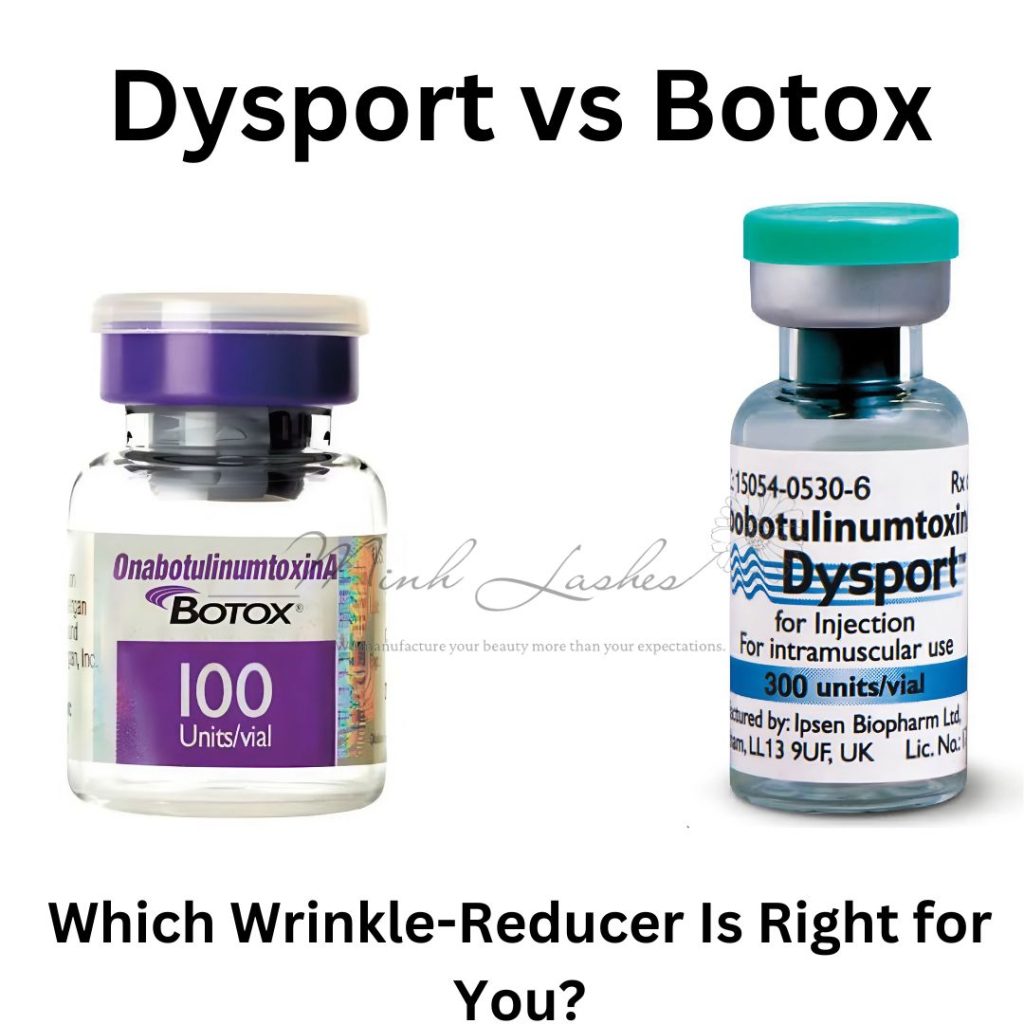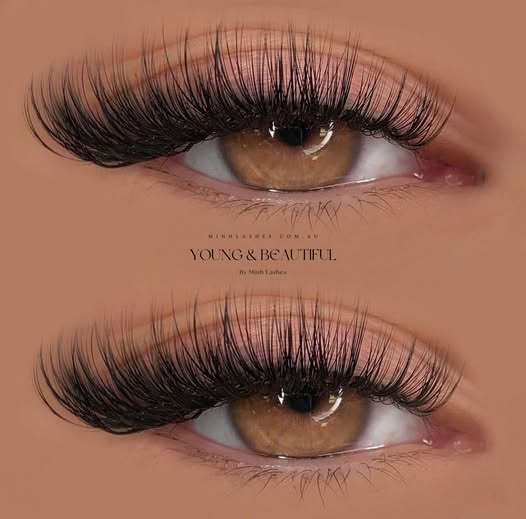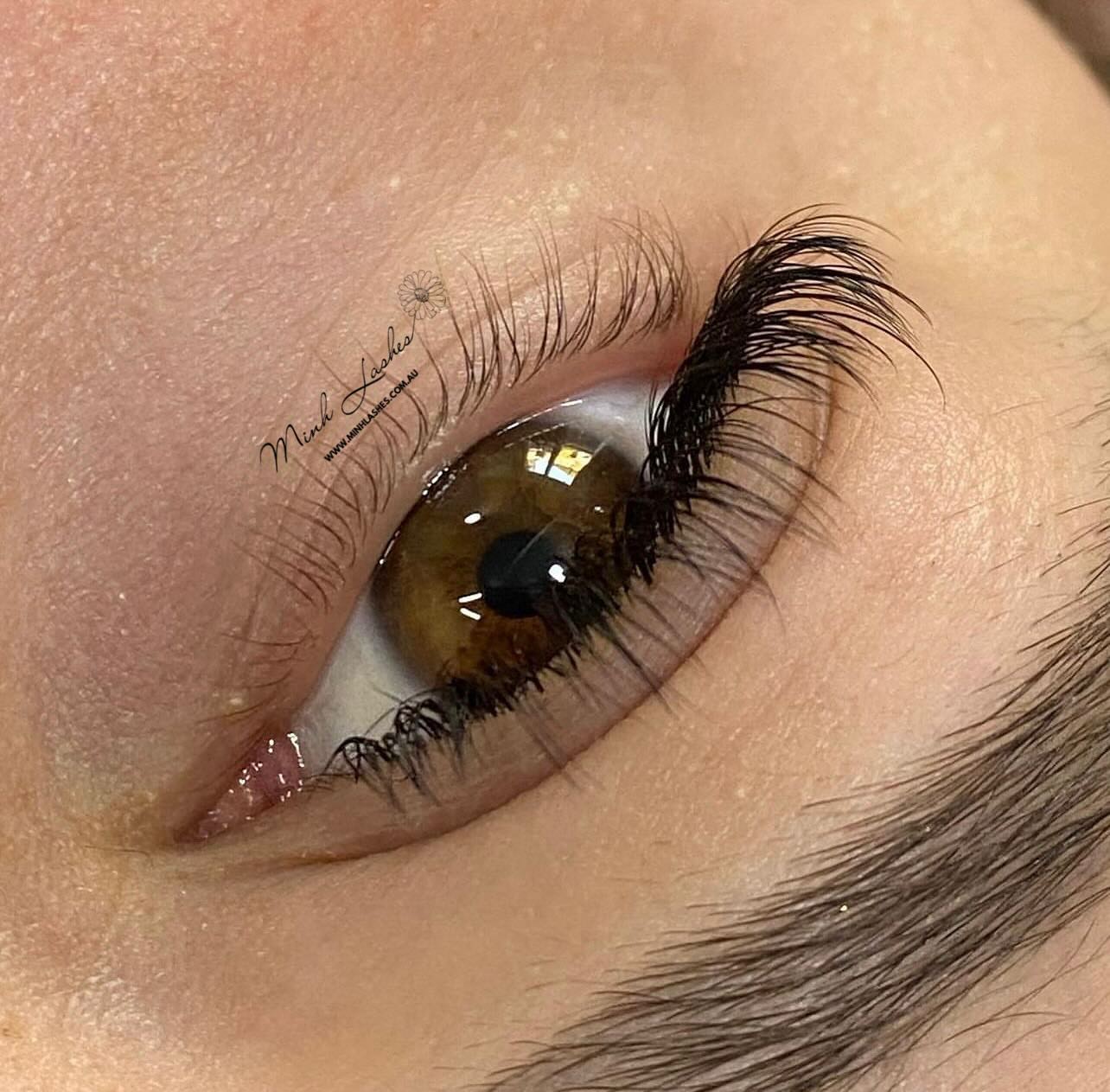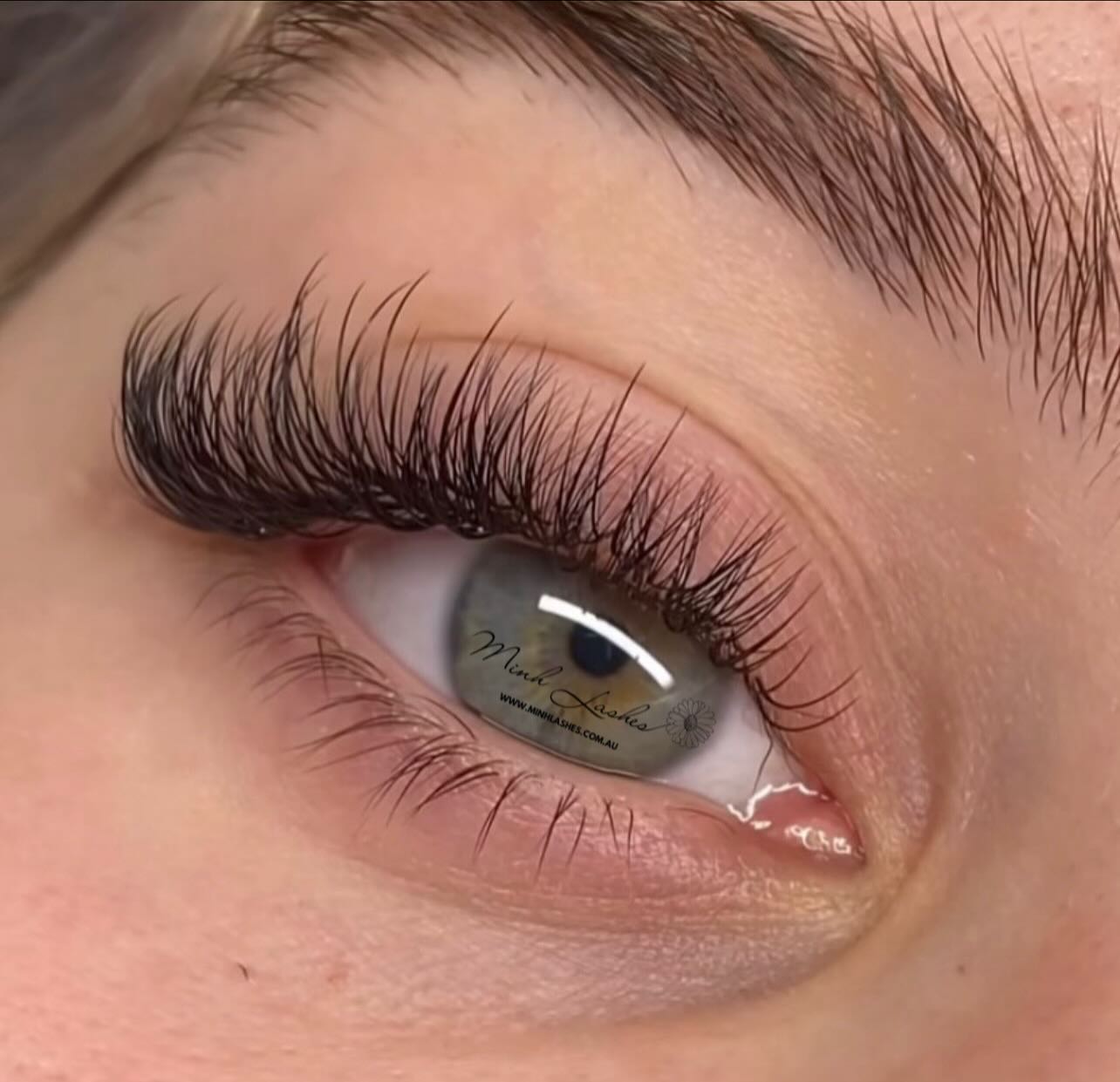Dysport vs Botox: Which Wrinkle-Reducer Is Right for You?
Dysport vs Botox: Unveiling the Truth About These Popular Injectables Price List Introduction When it comes to reducing wrinkles and fine lines, two popular injectables often come to mind: Dysport vs Botox. Both treatments have gained significant popularity in recent years, leaving many wondering about the differences between Dysport vs Botox. In this comprehensive guide, […]
Dysport vs Botox: Unveiling the Truth About These Popular Injectables
Introduction
When it comes to reducing wrinkles and fine lines, two popular injectables often come to mind: Dysport vs Botox. Both treatments have gained significant popularity in recent years, leaving many wondering about the differences between Dysport vs Botox. In this comprehensive guide, we’ll explore the similarities, differences, and key factors to consider when choosing between these two wrinkle-reducers.
What Are Dysport vs Botox?

Dysport vs Botox
Dysport and Botox are both neurotoxins derived from botulinum toxin type A. They work by temporarily paralyzing the muscles responsible for creating wrinkles and fine lines. While they share the same active ingredient, there are some differences in their formulations and applications.
Botox:
- Introduced in 2002 for cosmetic use
- Widely recognized brand name
- Used for various cosmetic and medical purposes
Dysport:
- Approved by the FDA in 2009
- Gaining popularity as an alternative to Botox
- Known for its quick onset of action
Key Differences Between Dysport and Botox
While Dysport and Botox are similar in many ways, there are some notable differences:
- Molecule size: Dysport has a smaller molecule size, which may allow for faster diffusion and a larger treatment area.
- Dilution: Dysport is more diluted than Botox, which can affect dosing and spread.
- Onset of action: Dysport typically shows results faster, often within 2-3 days, while Botox may take 4-7 days.
- Treatment areas: While both can be used for various areas, Dysport is particularly effective for larger areas like the forehead.
- Longevity: Results from both treatments typically last 3-4 months, but some patients report longer-lasting effects with Dysport.
Efficacy and Duration of Results
Both Dysport and Botox have proven to be effective in reducing wrinkles and fine lines. However, individual results may vary:
Dysport:
- May spread to a larger area, potentially requiring fewer injection sites
- Often shows results within 2-3 days
- Some patients report results lasting up to 5 months
Botox:
- More precise for smaller treatment areas
- Results typically appear within 4-7 days
- Effects generally last 3-4 months
A study published in the found that both Dysport and Botox were equally effective in treating glabellar lines (frown lines between the eyebrows).
Safety and Side Effects
Both Dysport and Botox have been extensively studied and are considered safe when administered by qualified professionals. However, as with any medical treatment, there are potential side effects:
Common side effects for both include:
- Temporary bruising or swelling at injection sites
- Headache
- Dry mouth
- Eyelid drooping (rare)
It’s important to discuss potential risks and side effects with your healthcare provider before undergoing treatment.
Cost Comparison
The cost of Dysport vs Botox can vary depending on factors such as:
- Geographic location
- Provider expertise
- Number of units required
Generally, Dysport is priced per unit, while Botox is priced per area treated. Some patients find Dysport to be more cost-effective, as fewer units may be needed to achieve similar results. However, it’s essential to consider the overall value rather than just the price per unit.
Which One Should You Choose?
Choosing between Dysport and Botox depends on various factors:
- Treatment area: Dysport may be preferred for larger areas, while Botox might be better for precise, smaller areas.
- Desired onset time: If you want quicker results, Dysport might be the better choice.
- Previous experience: If you’ve had success with one treatment, you may want to stick with it.
- Provider recommendation: Your healthcare provider can assess your needs and recommend the most suitable option.
Finding a Qualified Provider
Regardless of whether you choose Dysport or Botox, the most crucial factor is finding a qualified provider. Here are some tips:
- Look for board-certified dermatologists or plastic surgeons.
- Check reviews and before-and-after photos from previous patients.
- Schedule consultations to discuss your goals and concerns.
- Ask about their experience with both Dysport and Botox.
If you’re in the [area], consider visiting Minh Lashes Beauty Clinic for a consultation. They offer both Dysport and Botox treatments and can help determine which option is best for you.
Conclusion
In the Dysport vs Botox debate, there’s no clear winner. Both treatments offer effective wrinkle reduction with minimal downtime. The best choice depends on your individual needs, preferences, and the recommendation of a qualified healthcare provider.
Remember, the key to achieving natural-looking results is working with an experienced professional who understands the nuances of each treatment. Whether you choose Dysport or Botox, prioritize safety and quality to ensure the best possible outcome.
Have you tried either Dysport or Botox? Share your experience in the comments below! And if you’re considering treatment, don’t hesitate to reach out to a qualified provider to discuss your options.






 Cart
Cart




